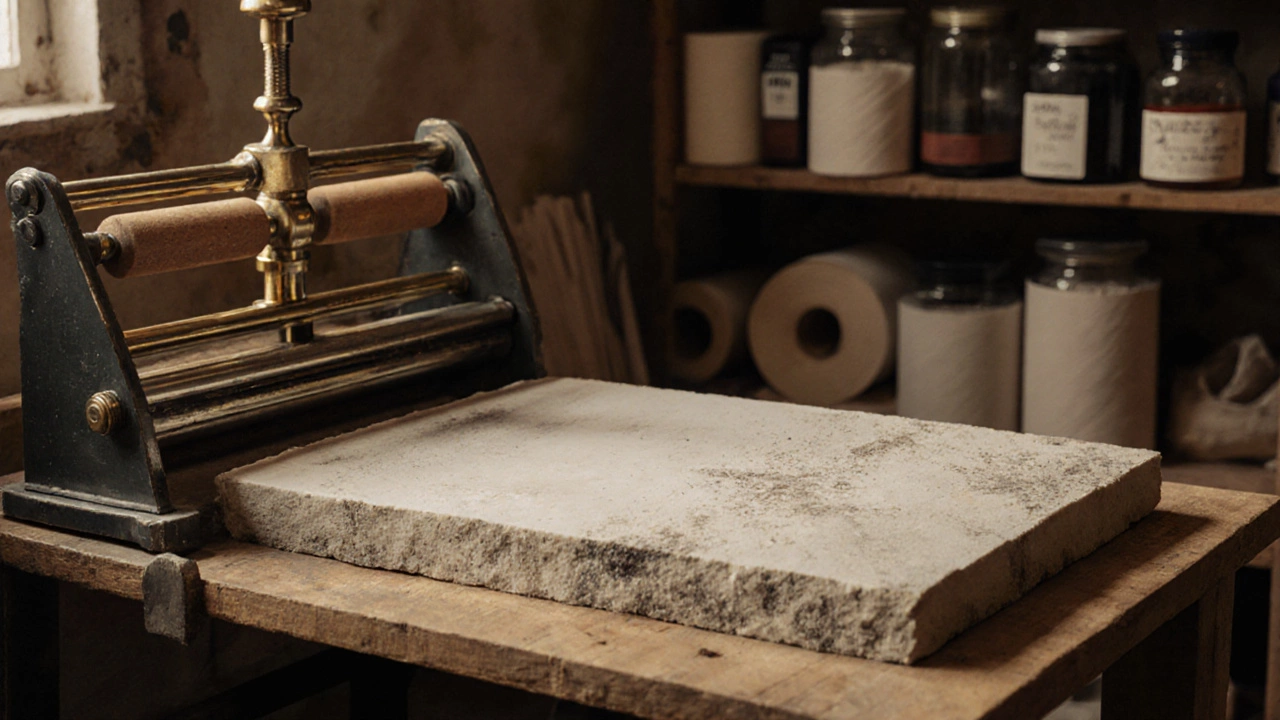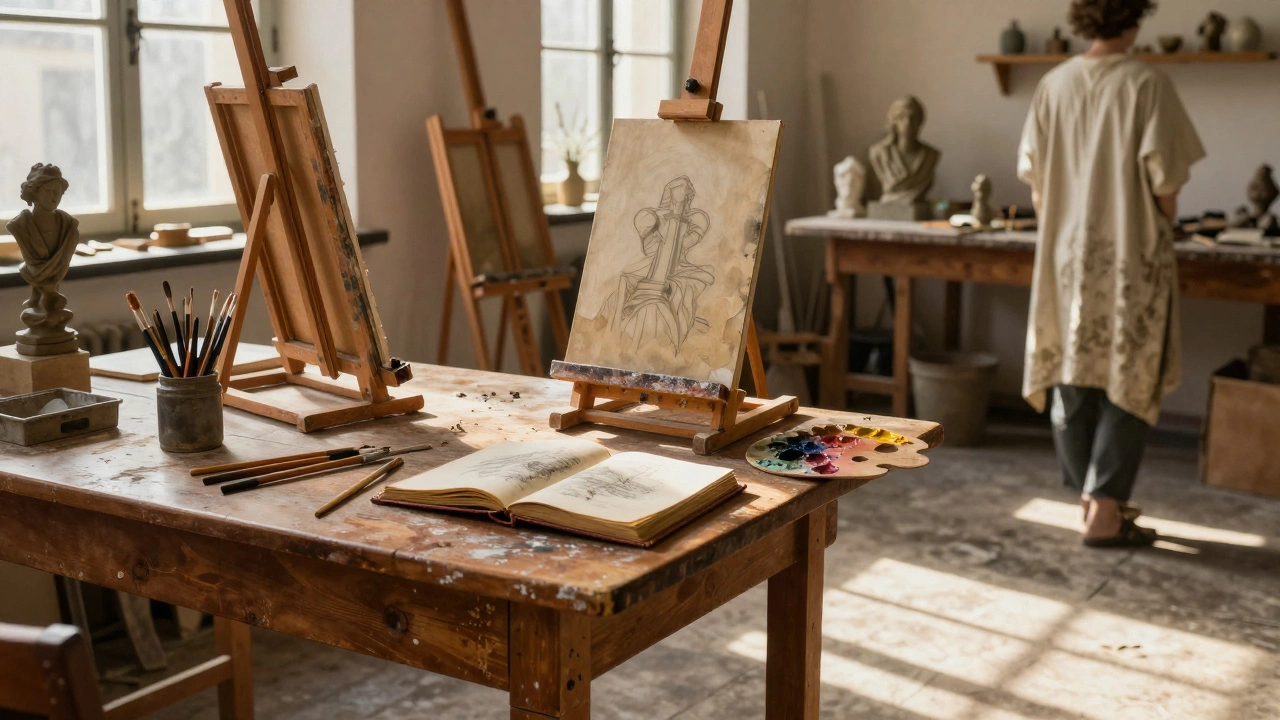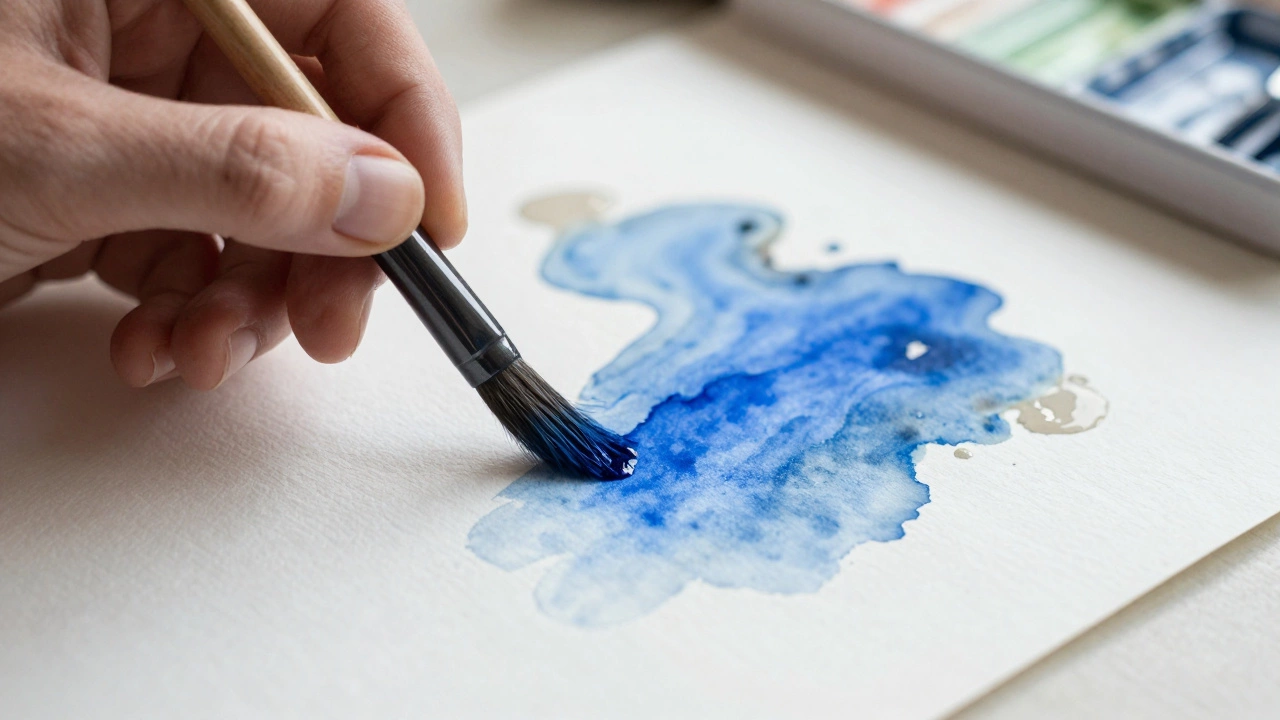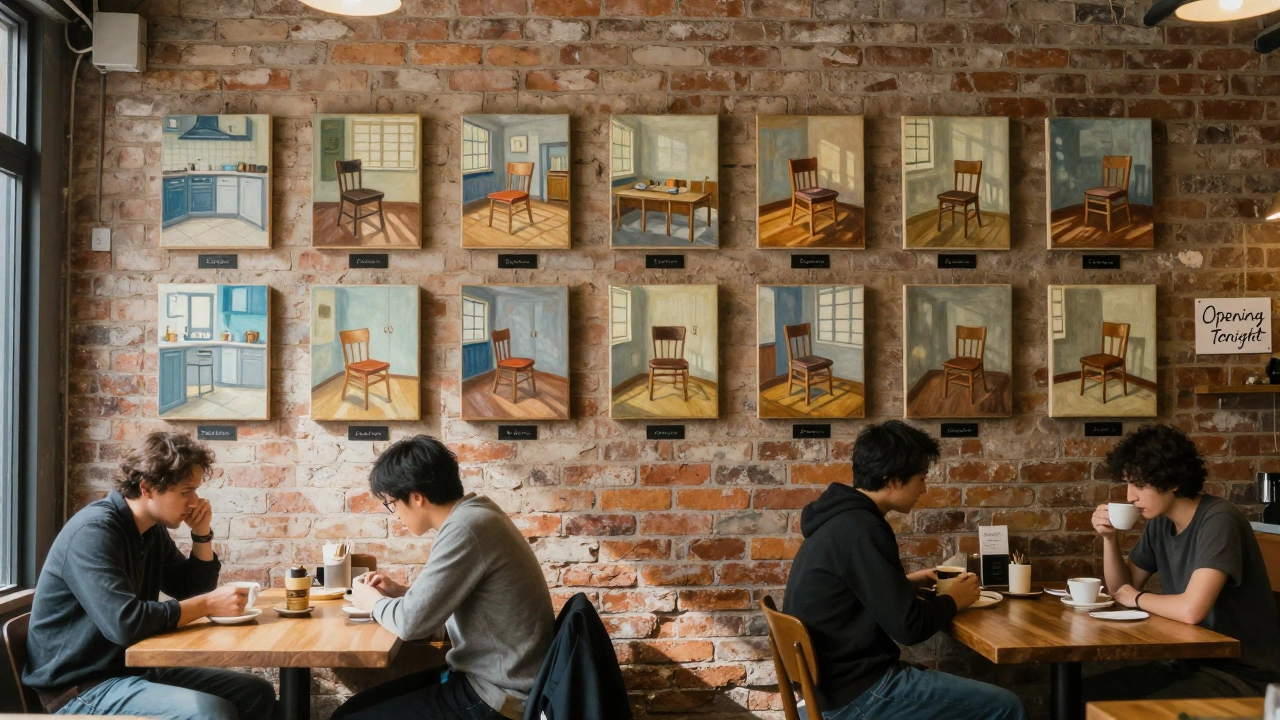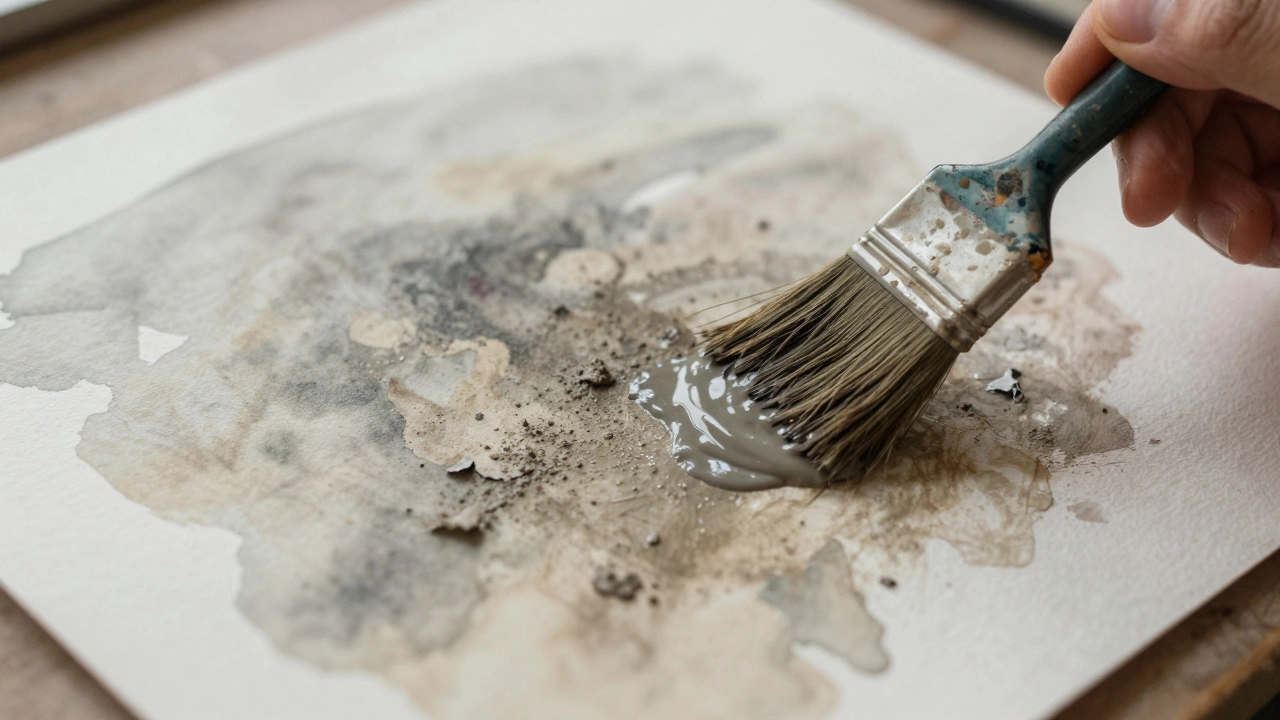Lithograph Identification Quiz
Test your knowledge on how to identify genuine lithograph prints using visual cues, paper quality, signatures, and provenance. Get immediate feedback on your answers.
Ever picked up a beautiful print and wondered if it’s a genuine Lithograph or just a cheap replica? You’re not alone. Collectors, hobbyists, and even gallery owners face the same question. This guide breaks down the visual clues, material clues, and paperwork you need to verify a lithograph without hiring a pricey expert.
What a Lithograph Actually Is
Lithograph is a type of print made by drawing on a flat stone or metal plate with a greasy medium, then using a chemical process that transfers ink only to the drawn areas. The result is a high‑quality image that can be reproduced in limited editions. Unlike a photograph, each lithograph comes from a single, hand‑crafted stone or plate, which gives it a distinctive feel and subtle variations.
How Lithographs Are Made - The Basics of Printmaking
Printmaking is the umbrella term for techniques that create artworks by transferring ink from a matrix to paper. In lithography, the artist draws directly on a limestone slab or aluminum plate using a greasy crayon or ink. The surface is then treated with a solution of gum arabic and nitric acid, which makes the non‑greasy areas water‑repellent. When the plate is dampened, ink adheres only to the greasy drawing. A press then squeezes the paper onto the plate, producing the final image.
Visual Cues That Signal a True Lithograph
- Line quality: Lithographs often have slightly soft, flowing lines because the grease spreads a bit during the process.
- Texture: Feel the surface. Genuine lithographs usually have a fine, paper‑like texture rather than the glossy coating you find on mass‑produced posters.
- Color consistency: In a multi‑color edition, colors line up perfectly without obvious registration errors.
These visual traits can be subtle, so combine them with material clues for a more confident assessment.
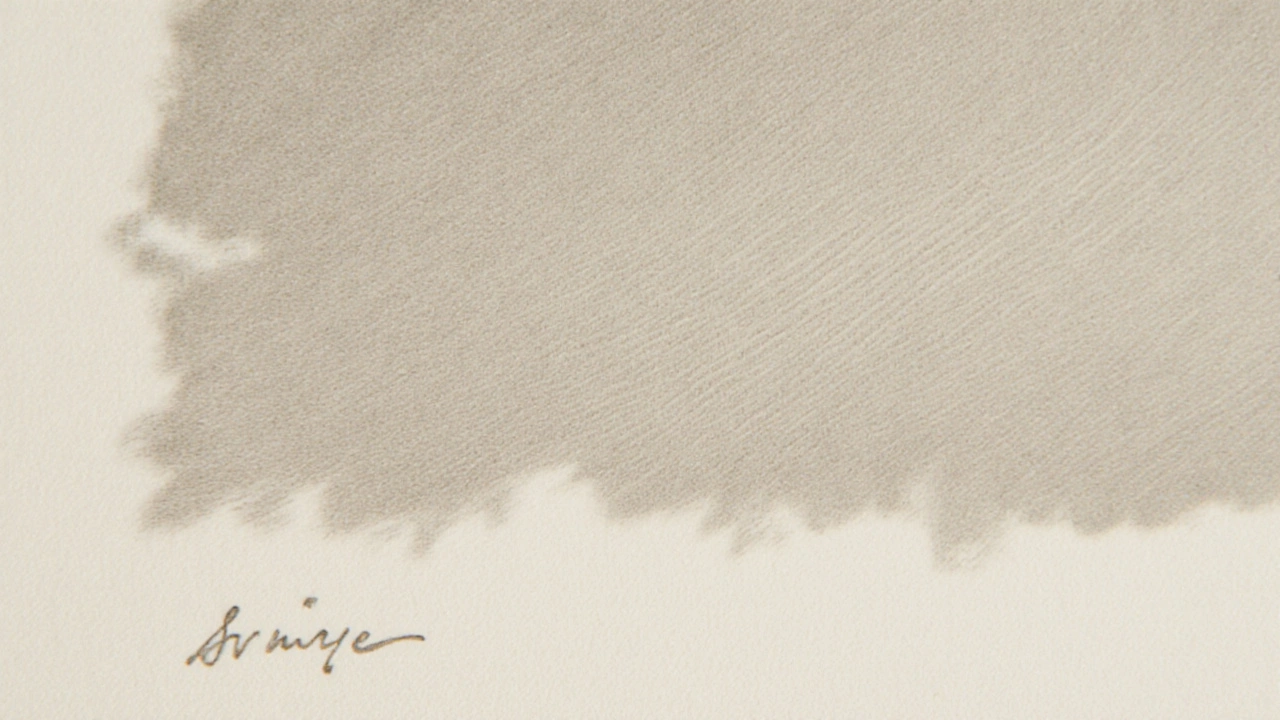
Paper and Ink - Materials Matter
Paper choice is a huge hint. Artists often select heavyweight, archival‑grade papers like Arches (a French cotton rag) or Rives BFK. These papers feel sturdy, have a distinct grain, and are slightly translucent when held up to light.
Ink on a lithograph is oil‑based, giving it a matte finish that can look slightly oily under close inspection. If the print looks overly flat or plastic‑like, it’s likely a reproduction printed on a commercial offset press.
Signatures, Edition Numbers, and Provenance
Artists sign lithographs in the same spot on every piece of the edition. Look for a signature that’s either hand‑signed with a pencil or stamped with a custom seal.
Each print should also carry an edition number like “15/50.” The denominator tells you how many prints exist, while the numerator shows the specific piece’s place in the series. A legitimate edition will have consistent fonts and placement across all copies.
Provenance documents-such as a certificate of authenticity (COA) from the artist’s studio, gallery receipt, or a reputable auction house record-add credence. Always verify that the COA includes the artist’s name, edition details, and the print’s title.
Common Mistakes and Red Flags
- Missing edition number: Reproductions rarely carry a detailed edition statement.
- Inconsistent paper size: Genuine lithographs stick to the dimensions listed in the artist’s catalogue raisonné.
- Printed on glossy stock: Commercial posters use coated paper; authentic lithographs use matte, archival paper.
- Faded or cracked ink: Over‑exposed or improperly stored lithographs may show fading, but fresh, cracked ink often signals a fake.
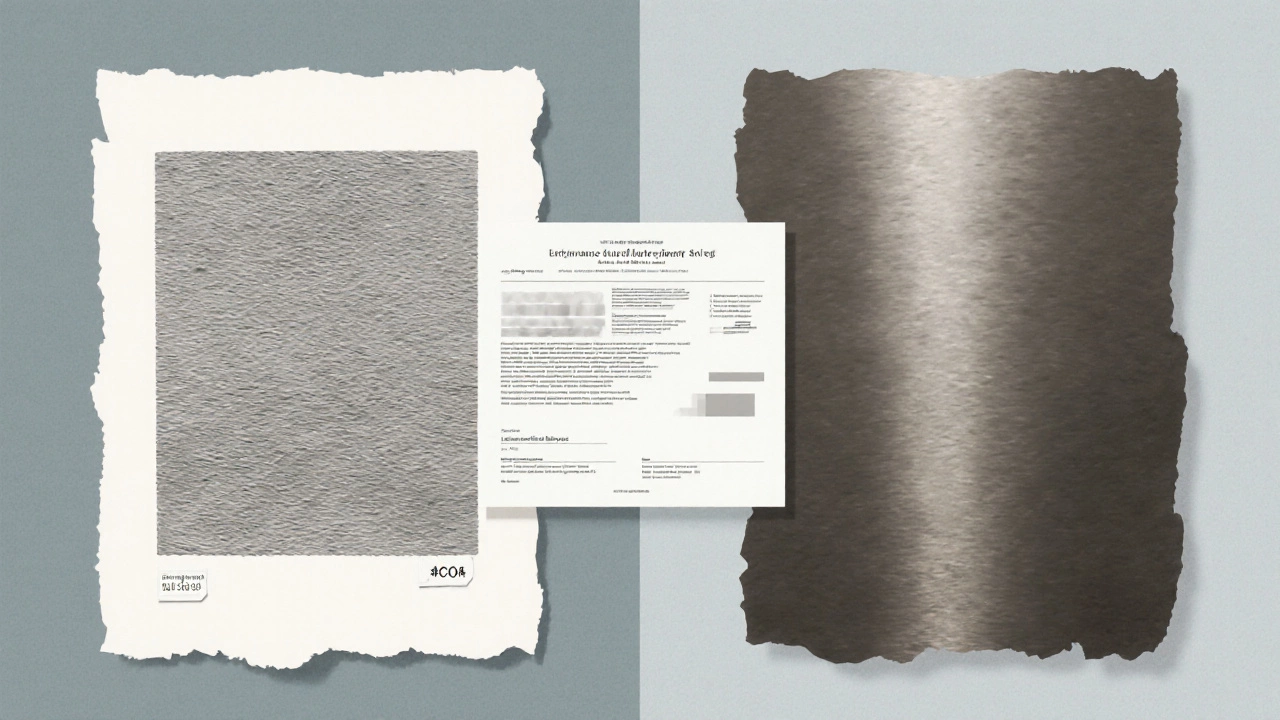
Comparing Lithographs to Other Popular Print Types
| Feature | Lithograph | Serigraph (Screen Print) | Etching |
|---|---|---|---|
| Matrix | Stone or metal plate | Mesh screen | Metal plate (copper, zinc) |
| Ink | Oil‑based, matte | Typically acrylic or plastisol | Oil‑based, often glossy |
| Typical paper | Heavy cotton rag (Arches, Rives) | Standard printer paper or canvas | Thin, often museum‑grade |
| Line quality | Soft, slightly fuzzy edges | Sharp, uniform edges | Fine, crisp lines |
| Edition control | Strict numbering, signed | Often open‑edition | Limited, numbered |
Quick Checklist: Spotting a Legitimate Lithograph
- Confirm the paper is heavyweight, archival‑grade cotton rag.
- Look for a hand‑signed or stamped signature placed uniformly across the edition.
- Check the edition number - it should be clear, consistent, and match the artist’s catalogue.
- Feel the texture; genuine lithographs have a subtle, tactile surface.
- Examine ink finish - a matte, slightly oily look is typical.
- Verify provenance with a COA or reputable gallery receipt.
- Compare with known examples from the same artist to spot inconsistencies.
FAQ
Can I rely on the artist’s signature alone?
A signature is helpful, but it can be forged. Always cross‑check with edition numbers, paper type, and provenance documents.
What paper should I expect for a true lithograph?
Most artists choose heavyweight cotton‑rag papers like Arches, Rives BFK, or Somerset. These papers feel substantial and have a slight translucency.
How does the ink differ from other prints?
Lithograph ink is oil‑based and matte, giving it a subtle sheen. Screen prints often use acrylic inks that appear more glossy, while etchings use a different oil‑based ink that can look glossier after drying.
Is a COA always required?
A certificate of authenticity from a reputable source adds confidence, but many established artists sign and number each piece, which can be sufficient for a small, trusted edition.
What are the most common fake tactics?
Fakers often use the same paper stock but print on a commercial offset press, add a forged signature, and skip the edition number. They may also use low‑resolution scans of the original image.
